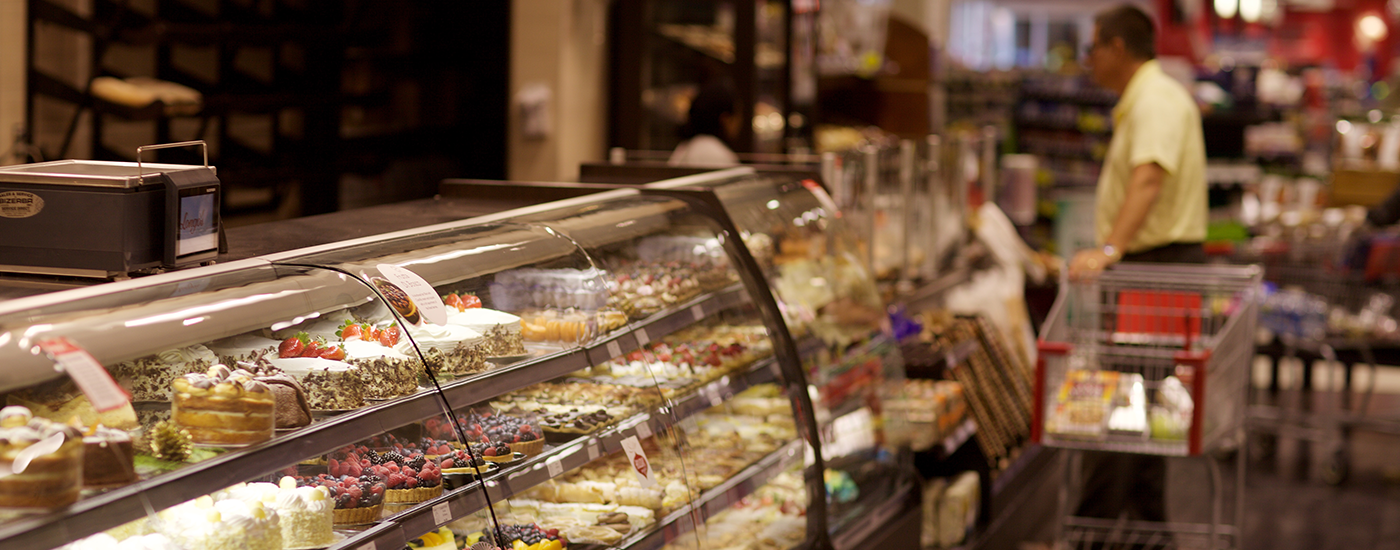I recently got to travel down to the land of Mickey…Orlando, Florida. Orlando is also the home of the annual FMI Energy & Store Development Conference. As these things often do, it got me thinking a lot about the future – specifically, the future of food retail. In fact, it got me thinking about it so much that it inspired me to write what will become a five-part blog series on the future of food retail in North America.
You saw the title of Part 1, above: The end of the traditional supermarket. I know, that sounds pretty dire, but I really don’t think it is. As technology advances exponentially, pretty much every industry has to evolve in order to survive – and the smart businesses are already evolving. So, yes, I’m talking about the end of traditional supermarkets, but this is not a time to mourn them, it’s a time to be excited about how they’re going to change; it’s the beginning of something new for companies that make supermarkets their bread and butter.
Speaking of bread and butter, let’s look at the traditional customer journey for those that want staples, along with all their other routine groceries. They take a trip to the supermarket, right? Simple. But there’s a new, more complex customer journey these days, because there are so many options. Options like these:
- Should I go to a physical store?
- Should I just buy online?
- Should I try to buy directly from the manufacturer?
- Why not try a meal-kit company?
- I don’t have time to grocery shop and cook, so maybe it’s a take-out or grab-and-go night.
With all these options in mind, grocery retailers are going to have to evolve to retain their customers. How?
- Physical stores will have to transform in order to engage customers, incorporating new displays (that’s where we come in!), including signage, sampling stations, ready-meal stations, and stations for consultation, education…or even entertainment!)
- Collaborate with channel and technology partners.
- Transform the worst part of the grocery shopping experience – checkout – by incorporating digital technology and smartphones to automatically scan items placed in the cart.
- Transfer employees from lesser value duties such as check-out and re-stocking to real, value-added sales and customer service functions, to help customers with the new ideas they’re craving.
As you can see, despite the somewhat dark tone of the title, the end of the traditional supermarket is a good thing for customers and retailers alike. It’s a change for the better. Because, as we all know, when you serve the customer’s needs, it makes them happy, which brings them back to the store, and that ultimately makes retailers happy as well.
In part 2, we look at fresh-focus retailers.

